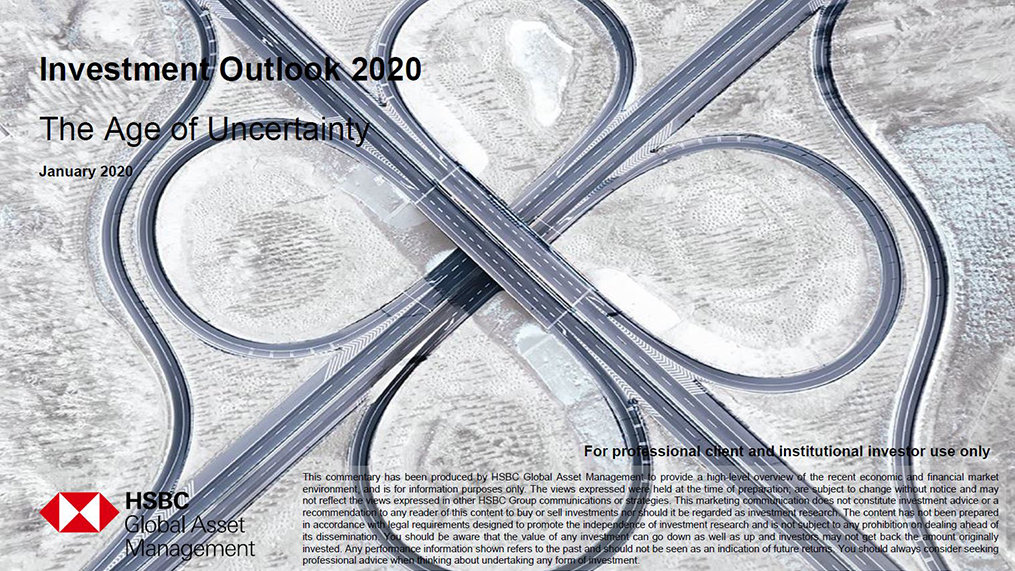

With management fees trending towards zero, there has been strong price compression among index trackers, at least partially, says Edgley, because “they are relatively easy to do”.

While the company has a range of standard index strategies, the aim with Fidelity’s exchange-traded funds has been to focus on smart beta. As people get a little bit more innovative, so the creation of new ways of slicing and dicing and figuring out where there is value in smart beta is a trend that will continue.”

“The pure passive space of index tracker funds is very well developed. “The industry backdrop of a shift from active to passive is clearly there, but more recently the pace of that shift has been slowing,” says Edgley. Unlike some fund houses, which have seen substantial outflows from their active funds over the past decade as investors pile into passive, both Fidelity’s passive and active funds continue to grow.

“When we look at the dynamics of flows across the industry, we are winning market share and growing, both from the point of view of AuM growth and a revenue perspective.” The predominantly active fund house reported total AuM of $310.6 billion in September, up from $308.7 billion in September 2018. “There will be some variability around market returns generally, but for now, we expect flat to steady growth going forward.”įor Fidelity, 2019 has been a “pretty solid” year for business, says Edgley, although he concedes that AuM growth was moderate. “It’s fair to say we would assume lower growth rather than higher in the coming years,” he says. Steve Edgley, head of institutional for Europe at Fidelity International, now expects a base growth rate of between 1% and 3% a year over the medium to long term. According to a report from Willis Towers Watson the global AuM of the world’s 500 largest fund managers fell 3% in 2018 to $91.5 trillion. The report, ‘Asset Management 2020: A brave new world’, also predicted a compound annual growth rate for AuM of nearly 6%.īut a slowdown in the world’s economy since the report was published looks to have dented those heady predictions. As the decade comes to an end, Mark Latham looks at the state of the global funds industry and asks some of the world’s largest fund houses about the trends they expect to dominate in the 2020s.Ī report from PwC published in 2015 predicted that assets under management (AuM) in the global asset management industry would reach a record $101.7 trillion by 2020 from a 2012 total of $63.9 trillion.


 0 kommentar(er)
0 kommentar(er)
